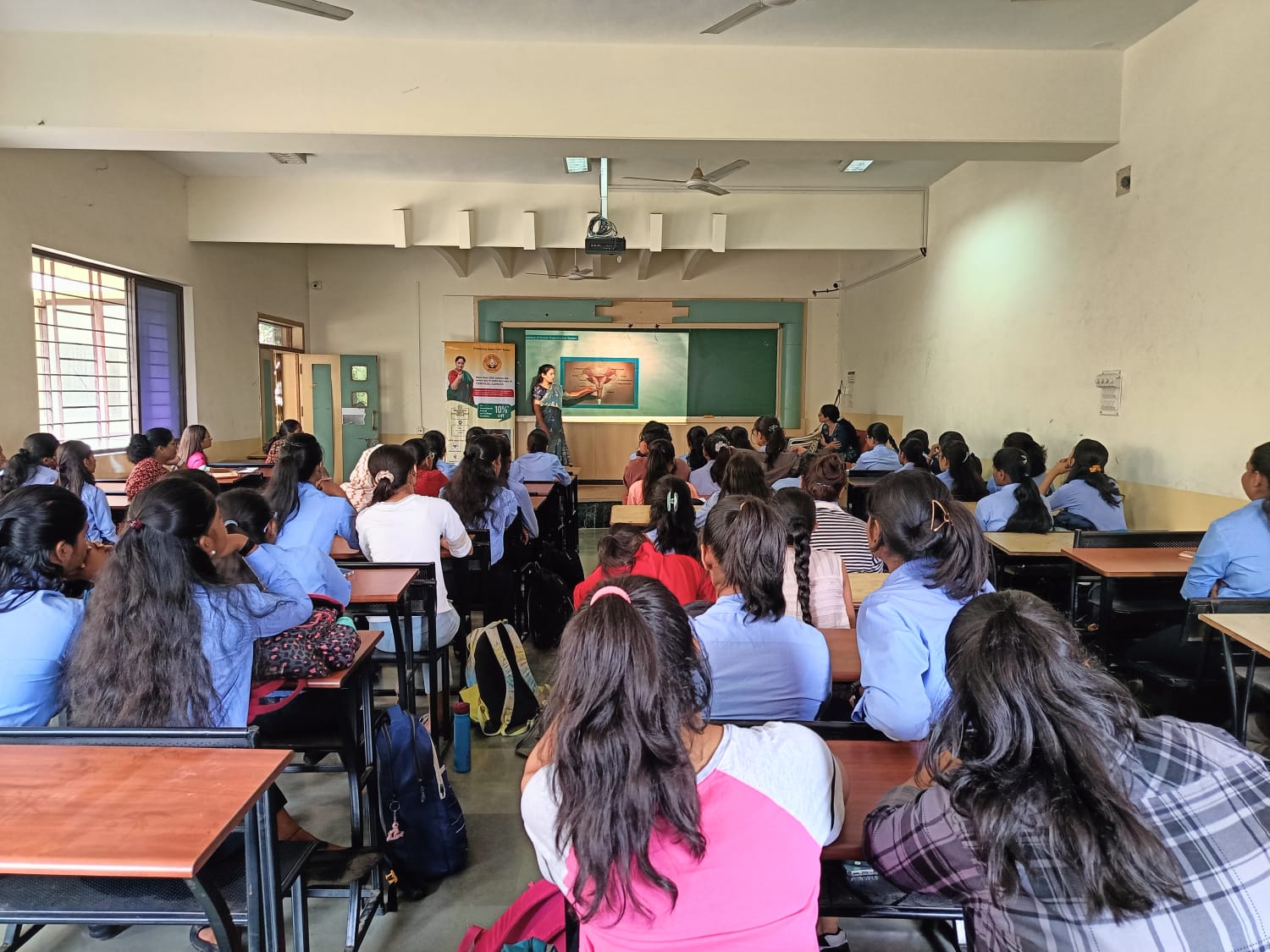How to deal with Coronavirus Anxiety?

A John Hopkins University survey found that psychological distress among U.S. adults increased tremendously during the pandemic. It found that the distress increased from 3.9% in 2018 to 13.6% in April 2020. Young adults, aged 18-29 years, are comparatively more affected due to the COVID-19 pandemic.
Almost everyone in the world knows what it feels like to be anxious. The butterflies in your stomach before a first date, the tension you feel when your boss is angry. Whether it results from something good or bad, everybody experiences it. It gears you up to face a threatening situation. It makes you study harder for the exam and keeps you on your toes when you are making a speech. In general, it helps you cope with your feelings; however, it can also keep you from coping and can disrupt your daily life.
Anxiety disorder is quiet a common condition, which exists in the early days of one’s life and persists throughout the lifespan. Despite its high level among individuals, it is estimated that approximately 20% of patients receive same type of treatment. The disorders include excessive fear and anxiety and related behavioural disturbances. It is usually associated with muscle tension and vigilance in preparation for future danger and cautious or avoidant behaviours.
Fear response causing from anxiety is panic attacks, diagnosis of which can be done when the symptoms last 6 months or more. Few of the other symptoms and signs are restlessness or feeling edgy, feeling tired easily, trouble concentrating, feeling as if the mind is going blank, irritability, muscle tension, sleep problems.
There are various kind of anxiety found in individuals. Let us talk about some of its common types in the following lines.
Panic disorder, with or without agoraphobia. Did you know someone (or heard of someone) who never likes leaving his/ her house? Someone who likes having family reunions or visits always at their house. They are very warm and friendly when people visits them but going out is not something they like at all. In this kind of disorder, people fear and avoid the situations that they consider ‘unsafe.’
Agoraphobia. Many people with panic disorder develop agoraphobia. One of the most stressful places for individual with agoraphobia today is the shopping mall, the modern-day agora.
Specific phobia. Many of you might be afraid of something that is not dangerous, such as going to a doctor/ dentist, or an exaggerated fear of something that is slightly dangerous, such as driving a car or flying. Various studies show that this occur in majority of the population. In this disorder, individuals usually avoid situations that produce severe anxiety.
Along the same line comes social phobia, a fear of being around others, particularly in situations that call for some kind of ‘’performance’’ in front of people. Causes of social phobia are somewhat similar to specific phobias.
Obsessive compulsive disorder (OCD). Obsessive compulsive disorder focuses on avoiding frightening or repulsive intrusive thoughts(obsessions) or neutralizing these thoughts using ritualistic behaviour.
Posttraumatic stress disorder (PTSD). This focuses on avoiding thoughts or images of past traumatic experiences.The underlying cause of PTSD is obvious – a traumatic experience.
Generalized anxiety disorder (GAD). This kind of anxiety focuses on minor events, not only one major worry or concern.Both genetic and psychological vulnerabilities seem to contribute to the development of GAD.
How can you ease the distress?
Take a deep breath. Deep belly breathing helps decrease anxiety by stimulating the body’s relaxation response, lowering heart rate and blood pressure. It’s a powerful technique that works because you can’t breathe deeply and be anxious at the same time! Just inhale deeply for a count of four, hold your breath for a count of four, exhale for a count of four. Repeat several times.
Go for a walk. Going for a walk creates a diversion from your worries and releases muscle tension. Grab your headphones and just go for a walk. Listening to music brings its own calming effects. It also releases feel-good neurochemicals in the brain, building up resilience against stormy emotions.
Sip some herbal tea. If feeling jittery, pour a cup of chamomile or green tea. It’s known as a sleep aid, chamomile contains a compound called Matricariarecutita, which binds to the same brain receptors as drugs like Valium. Green tea contains the amino acid L- theanine which relieves stress and reduces blood pressure and muscle tension. Nuts, whole grains, and broccoli are also rich in L- theanine.
Engage in something that you like. Do something that you like or just distract yourself from distressing thoughts or emotions, example draw on a piece of paper. Shifting attention to any activity will interrupt a string of racing thoughts.
Spent time in nature. Spending time in any natural setting lowers blood pressure, heart rate, and our body’s production of the stress hormone cortisol. Researchers found that those people living near more green space reported less mental distress.
What the takeaway?
Having anxiety or feeling anxious is not a disease. It can occur at any phase of ones’ life. How you deal with it and overcome with positivity thoughts is something is on your part. Anxiety is nothing but just a phase and results from overthinking. Many people continue to suffer silently without any help, while many realize it early and get help.



